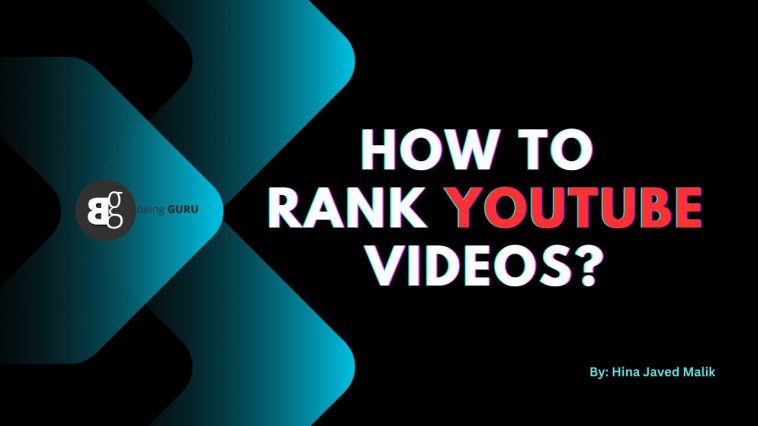YouTube has 1.7 billion unique monthly visitors, 62% of them who access this platform daily and visitors spend an average of 19 minutes every single day on this platform. There are a lot of people using YouTube every day. If you apply the right method for ranking on YouTube, you can do well. There are simple 7 steps to follow for ranking YouTube videos:
Step 1: Perform keyword research:
- Go to “answer the public” and search your keyword and it will show you all the other relevant keywords that are trending and people are searching. And the data is continually updated daily.
- Go to “uber suggest” and search your keyword and it will give you more keywords relevant to your main keywords.
Step 2: Incorporate keywords into your title:
Match the search intent with your video content and how you describe it on your platform. Your keyword should appear in the title, and the video content should be on that issue. If you only use your keywords in the title and do not make your video content according to the keyword then People will just bounce away from your video in the first few seconds, which will hurt your ranking, so if you just put the keyword in the title and your videos aren’t really on it, you won’t do well.
Step 3: Optimize your video description and video file:
YouTube recommends putting the main keyword in the first couple of sentences in your description and file name, and make sure that the description is under 200 words
Step 4: Use the right hashtags:
Use the right hashtags in your video descriptions and your titles so that your video comes up when users search for a specific hashtag. That is so much important because, if you are not using hashtags with the right keyword you are going to have less discoverability with your videos and you are going to see that your videos are going to get suggested less over time as well.
Step 5: Select the right Category:
Users can optimize their search to only display videos from a particular category when searching with advanced options. Selecting a generic category is not a good idea. Choose a category that is relevant to the videos you are creating.
Step 6: Upload a custom thumbnail:
YouTube recommends using images that are 1,280 by 720 pixels and saved as 2 megabytes or smaller. It’s all about the thumbnail, if no one is clicking on that thumbnail you are not going to do well. So you want thumbnails that pop, grab people’s attention, and sometimes have data in them, and you will find that people click through and watch your video.
Step 7: Use the SRT file for subtitles and closed captions:
SRT files can be used to add subtitles and closed captions. This feature allows you to highlight important keywords, and I know YouTube can automatically quote, unquote, and translate your video, but it’s not the same as uploading an SRT file. If you upload one, it helps your ranking.





